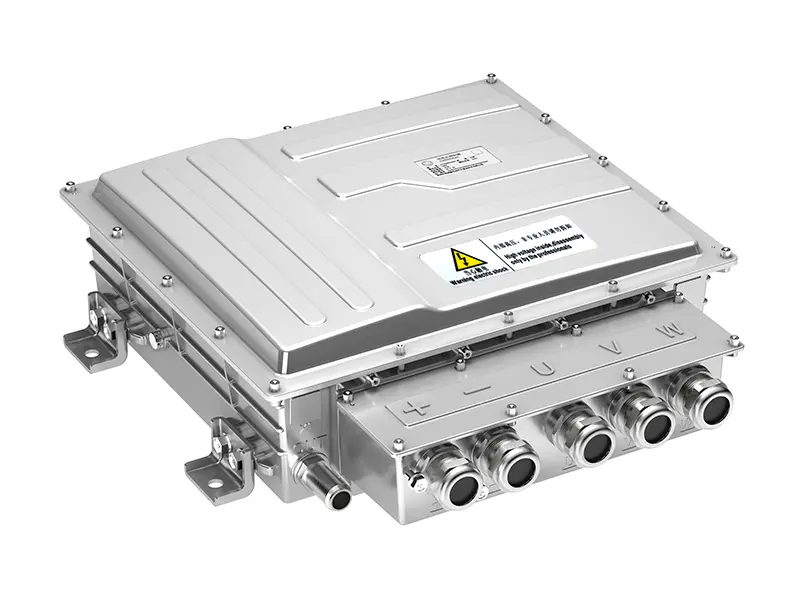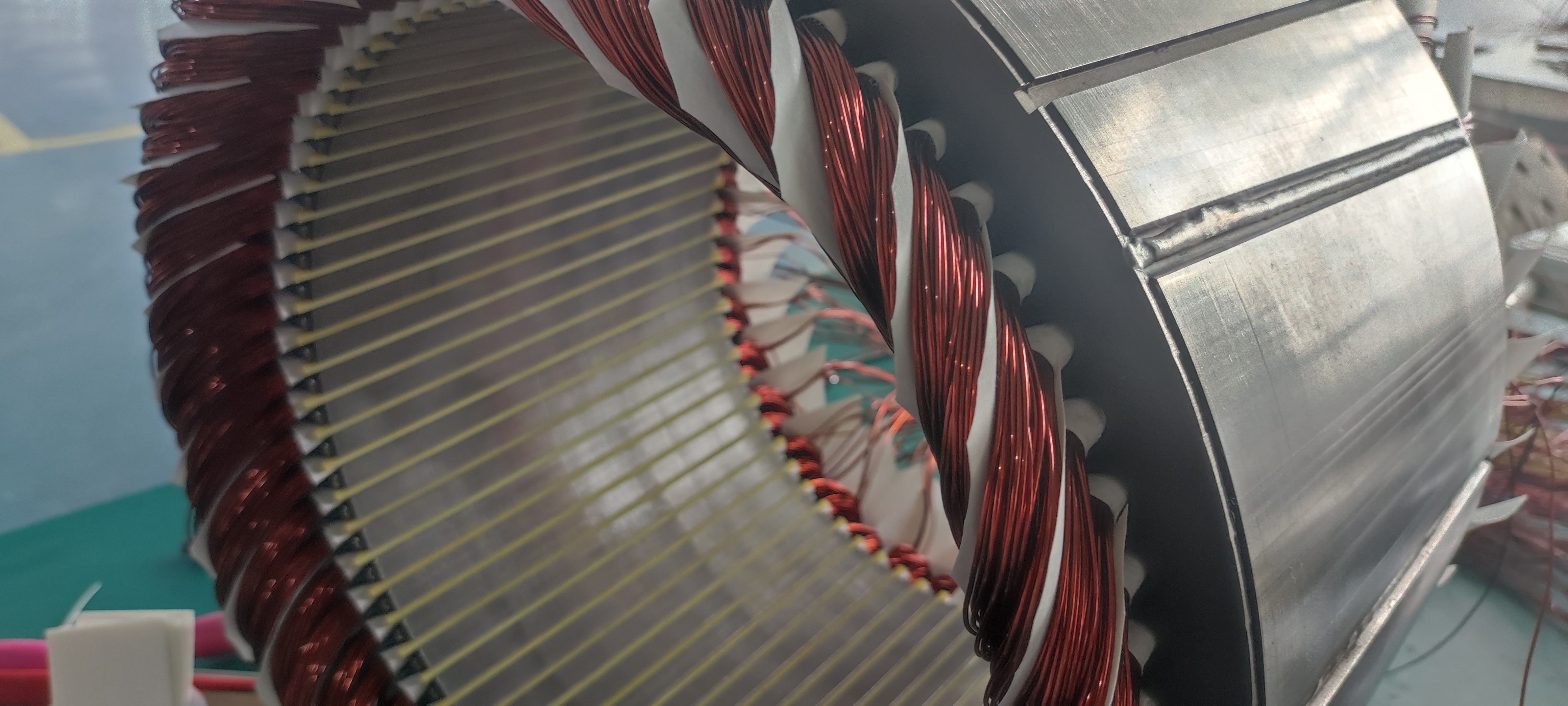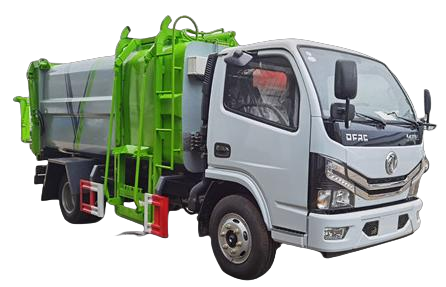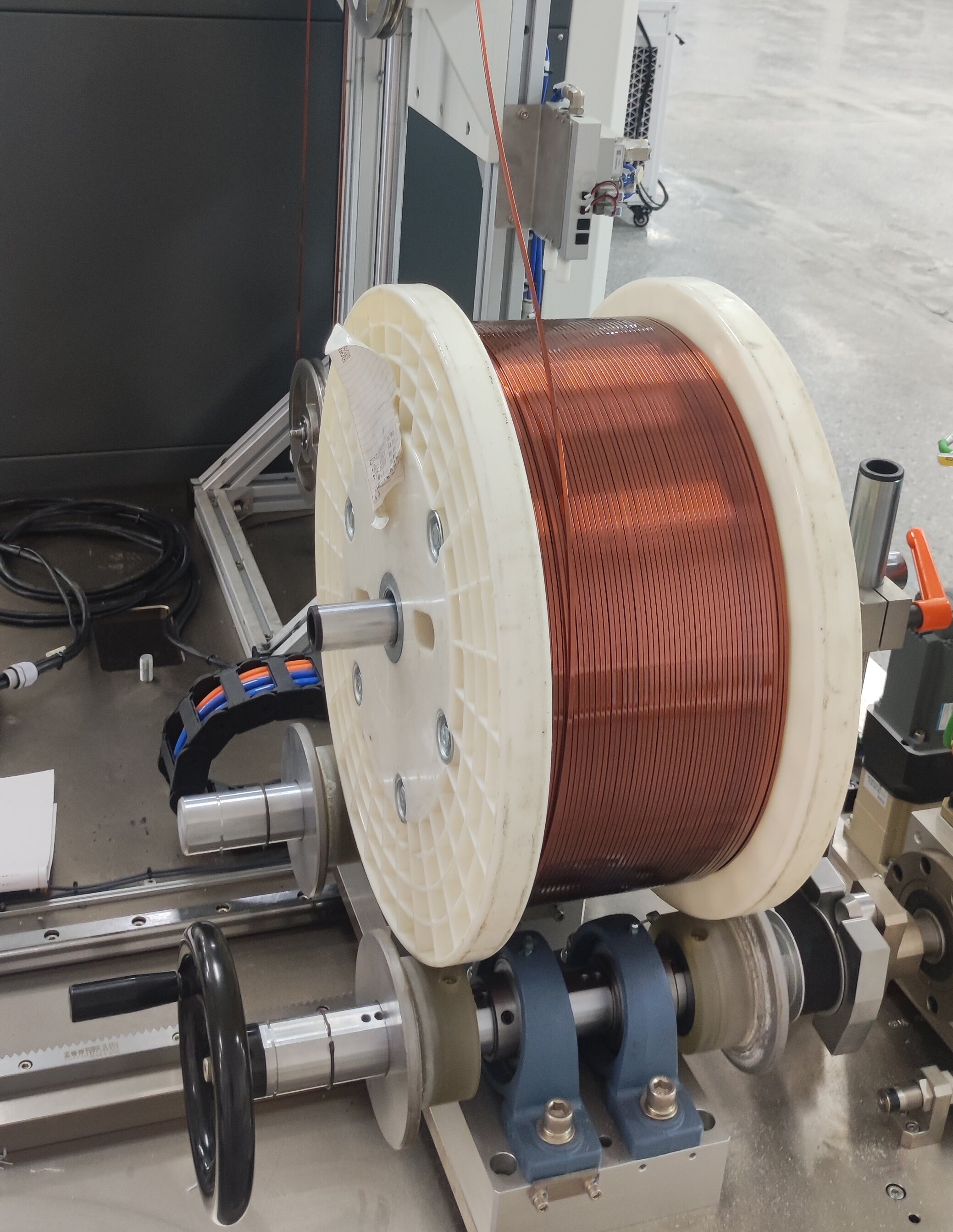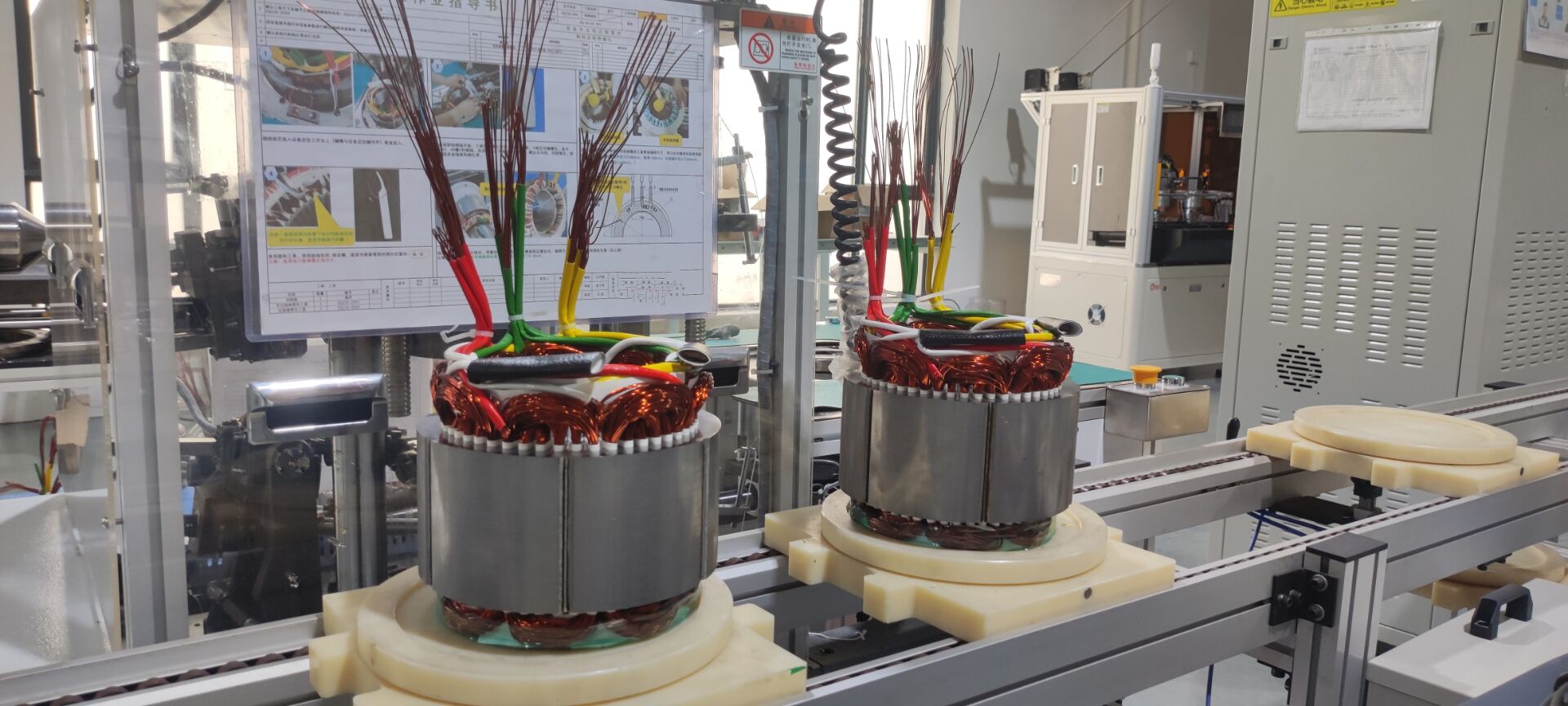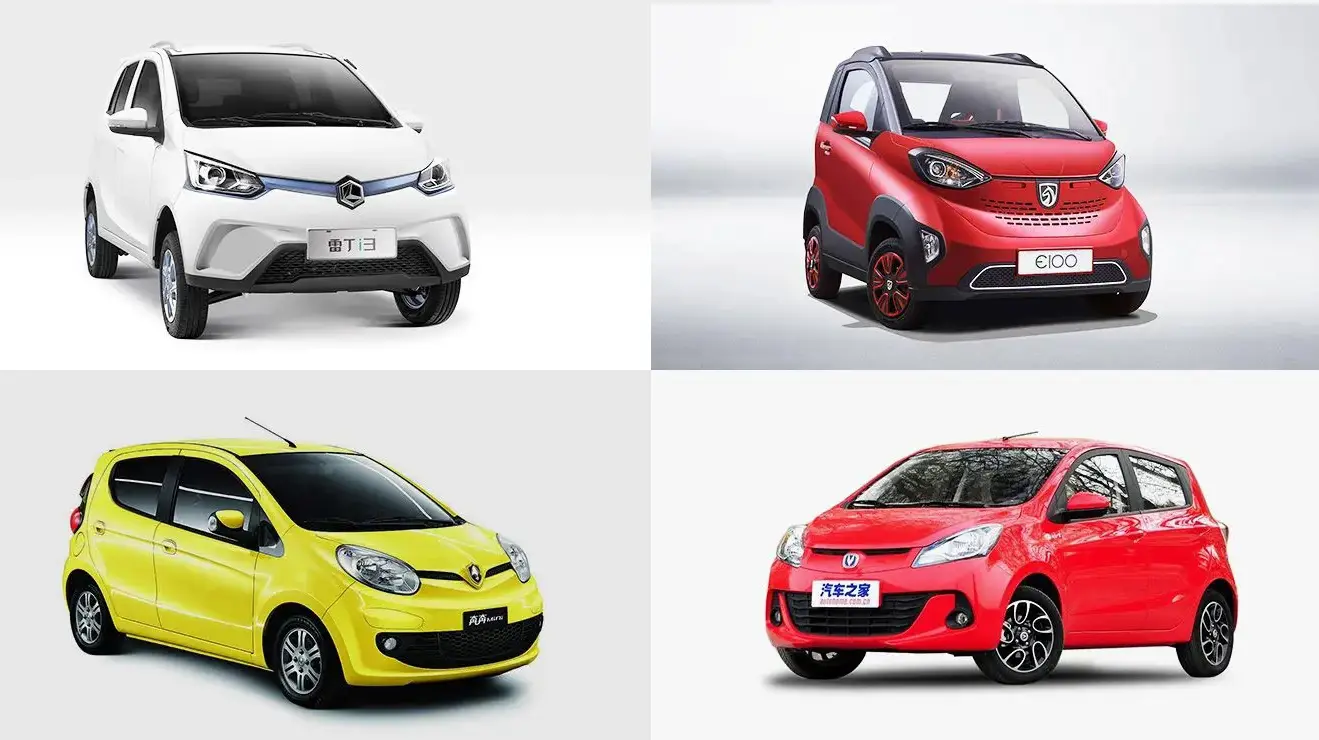Choosing the Right Motor Controller for Your Electric Vehicle
Introduction
Electric vehicles (EVs) are transforming the automotive industry, driven by the growing demand for sustainable, energy-efficient alternatives to traditional gasoline-powered cars. With the rise of clean energy technology, EVs have become increasingly popular due to their environmental benefits, lower operating costs, and innovative features. At the core of an electric vehicle's propulsion system lies the motor controller, a critical component that determines the vehicle’s performance, efficiency, and overall driving experience.
A motor controller for electric vehicle is responsible for regulating the flow of electrical energy from the battery to the motor, allowing the motor to operate at the desired speed and torque. The controller essentially acts as the brain of the electric drive system, interpreting inputs from the driver and adjusting the power sent to the motor. Given its importance in an EV's performance, selecting the right motor controller is vital for achieving optimal operation, safety, and longevity.
This blog will delve into the key aspects of choosing a motor controller for electric vehicle, from understanding its basic functions to exploring the various factors that influence its selection. Whether you're a car manufacturer, a DIY EV enthusiast, or simply exploring your options, this guide will provide the insights you need to make an informed decision.
What is a Motor Controller for Electric Vehicle?
A motor controller for electric vehicles is an electronic system that governs the operation of the vehicle’s electric motor. The motor controller is responsible for regulating the motor’s speed, torque, and efficiency by managing the power drawn from the vehicle’s battery. It ensures that the motor receives the right amount of electrical energy based on the driver’s inputs, such as accelerating, braking, or cruising at a constant speed.
In addition to its basic role of controlling motor functions, the motor controller also provides crucial safety features. It protects the motor and battery from potential damage caused by overheating, overcurrent, or electrical faults. The controller acts as the interface between the motor and the vehicle’s other systems, including the battery management system (BMS), regenerative braking system, and thermal management system. By balancing these various inputs and outputs, the motor controller plays a key role in determining the overall performance of the EV.
The controller typically works by converting the DC (direct current) power stored in the battery into an AC (alternating current) or controlling the voltage and current to a DC motor. Depending on the type of motor in the EV—whether it's a brushless DC motor (BLDC), induction motor, or permanent magnet synchronous motor (PMSM)—the motor controller’s design and operation will vary.

Key Factors to Consider When Choosing a Motor Controller
Selecting the right motor controller for electric vehicle requires careful consideration of several technical and operational factors. Each of these factors will influence the controller’s performance and its ability to integrate smoothly with the vehicle’s powertrain and electrical systems. Below are the most important elements to consider:
1. Power Rating
The power rating of the motor controller is one of the most important factors to consider when choosing a motor controller. The power rating is typically expressed in watts (W) and must align with the power demands of the motor. It is essential that the controller can handle the maximum power output required by the motor, as well as the battery’s capacity.
Choosing a controller with a power rating that exceeds the motor’s requirement provides a margin of safety and ensures that the controller can handle transient power spikes. This is especially important for high-performance EVs, where power demands can fluctuate rapidly during acceleration or while going uphill.
2. Voltage Compatibility
Electric vehicles operate at different voltage levels depending on the motor and battery configuration. Most consumer EVs use voltage systems ranging from 24V to 800V, with higher-end models utilizing higher voltages for better performance and range. It is crucial to select a motor controller that is compatible with your vehicle’s voltage system.
If the voltage of the controller is too low or too high for your system, it could result in poor performance, efficiency loss, or even damage to the motor or battery. Always ensure that the controller matches the battery pack voltage and motor rating to ensure safe and reliable operation.
3. Communication Protocols
Modern electric vehicles have sophisticated electronic control systems that require seamless communication between various components. Many motor controllers feature communication protocols, such as CAN Bus, Modbus, or PWM (Pulse Width Modulation), to facilitate this integration. These protocols allow the motor controller to exchange data with other vehicle systems, such as the battery management system (BMS), regenerative braking systems, and user interface.
Choosing a motor controller with the right communication protocol is essential for ensuring that the motor functions correctly and integrates smoothly with the rest of the vehicle’s electronic systems. For example, CAN Bus is commonly used in automotive applications for its robustness and ability to handle high-speed communication between vehicle components.
4. Temperature Range
Electric vehicle motor controllers are typically exposed to extreme temperature conditions during operation, especially in regions with hot or cold climates. The controller’s components need to be capable of handling high temperatures to avoid overheating, which can cause damage to sensitive parts or lead to system failures.
Look for motor controllers with a wide operating temperature range and advanced thermal management features. Some controllers are equipped with built-in cooling systems or heat sinks to maintain optimal operating temperatures and prevent overheating. Proper temperature regulation ensures the longevity of the motor and controller, as well as the overall safety and efficiency of the vehicle.
5. Reliability and Durability
The reliability and durability of the motor controller are vital considerations, as this component will be exposed to constant use, vibration, and environmental stress. Look for motor controllers that are rated for high durability, especially if the vehicle will be used in rough or off-road conditions.
Some controllers are designed to be water-resistant or even waterproof to protect against rain, mud, and other environmental factors. Ensuring that the motor controller can withstand these challenges will help maximize the lifespan of the controller and the EV as a whole.
By taking these factors into account, you can choose the most suitable motor controller for your specific application, such as the one from the Chinese manufacturer PUMBAA:
Types of Motor Controllers for Electric Vehicles:
1. DC motor drive system: Pulse width modulation (PWM) chopper control mode is adopted, which has mature technology and low cost, but has the disadvantages of low efficiency and large volume.
2. AC induction motor drive system: the power conversion from high-voltage DC to three-phase AC is realized by PWM, the motor speed regulation is realized by frequency conversion speed regulation, and the vector control or direct torque control strategy is used to achieve fast response.
3. AC permanent magnet motor drive system: including sine wave permanent magnet synchronous motor drive system and trapezoidal wave brushless DC motor drive system. The sine wave permanent magnet synchronous electric vehicle motor controller adopts PWM mode to realize power conversion, which has low torque ripple at low speed and more stable speed regulation in the high-speed constant power area.
4. Switched reluctance motor drive system: The motor control generally adopts the fuzzy sliding mode control method, which has the characteristics of high efficiency, high power density, high control accuracy and small torque ripple.
5. BLDC motor: It has the advantages of high speed range, noiseless operation, fast dynamic response, etc., and is suitable for electric vehicles that require high power density but light weight and small form factor. The control of BLDC motors is relatively complex and involves control at both the hardware and software levels.
Each of these types has its own characteristics and application scenarios, and choosing the right type of EV controller depends on the specific application needs and performance requirements.
The function of the electric vehicle motor controller is to convert the electric energy stored in the power battery into the electric energy required by the drive motor according to the instructions such as gear, throttle, brake, etc., to control the driving state of the electric vehicle, such as the start-up operation, advance and retreat speed, and climbing strength, or to help the electric vehicle brake, and store part of the braking energy into the power battery, which is one of the key components of the electric vehicle.

The electric vehicle motor controller is generally composed of two parts: the inverter and the controller. The inverter is used to receive the direct current energy transmitted by the battery, and the inverter is converted into three-phase alternating current to provide power supply to the electric vehicle drive motor; The controller receives signals such as motor speed and feeds back to the instrument, and when braking or acceleration occurs, the controller controls the rise and fall of the frequency of the inverter, so as to achieve the purpose of acceleration or deceleration. The diversity and accuracy of motor control methods are directly related to the operating efficiency and performance of the motor. The mainstream motor control methods include voltage control, current control, frequency control, field weakening control, vector control and direct torque control.
Key features of electric vehicle motor controllers:
1. Voltage conversion: The MCU converts the direct current of the battery into three-phase alternating current to drive the AC motor, this process is realized through an internal inverter, using semiconductor switching devices such as transistors or IGBTs to control the frequency and amplitude of the current.
2. Speed and torque control: The MCU adjusts the motor speed and torque according to the driving conditions to adapt to different driving needs.
3. System protection: The MCU has a variety of protection mechanisms, such as battery input protection, fault detection, electric vehicle controller body fault protection, overload protection, etc., to ensure the safe and stable operation of the system.
4. Diagnosis and feedback: The MCU can monitor the system status in real time and provide feedback to other control systems of the vehicle, such as battery status, motor temperature, controller temperature, etc.
5. Communication interface: The MCU has the ability to communicate with other systems (such as battery management system BMS, in-vehicle infotainment system, etc.) to achieve data sharing and system collaboration.
6. Thermal management: The MCU contains a temperature sensor and cooling system to ensure that the appropriate operating temperature is maintained under high load conditions.
7. Electromagnetic compatibility: The MCU is designed with electromagnetic compatibility (EMC) in mind to reduce the impact on the vehicle's other electronic systems.
8. Modular design: The MCU may adopt a modular design, which is easy to maintain and upgrade. 9. Start/stop motor: The MCU can control the start and stop of the motor, gradually increase the current when starting, and gradually decrease the current when stopping.
10. Change the direction of motor rotation: The MCU can change the direction of the current, thus changing the direction of motor rotation.
11. Regenerative braking: The MCU controls the motor to run as a generator during braking, converting kinetic energy back into electrical energy and storing it in the battery.
Through these functions, the MCU not only ensures the efficient operation of electric vehicles, but also improves the safety and comfort of driving, and is an indispensable key component of modern electric vehicles.
Choosing Between Off-the-Shelf vs. Custom Motor Controllers
When selecting a motor controller for electric vehicle, one of the first decisions to make is whether to choose an off-the-shelf model or a custom-designed solution. Both options have their advantages and disadvantages, depending on your specific needs.
1. Off-the-Shelf Motor Controllers
Off-the-shelf motor controllers are mass-produced controllers that are readily available for purchase. They are typically more affordable than custom solutions and have been tested for general compatibility with a wide range of EV systems. If you're building a standard EV and need a proven, cost-effective solution, an off-the-shelf controller may be the best option.
2. Custom Motor Controllers
For specialized or high-performance electric vehicles, a custom motor controller might be necessary. Custom controllers are tailored to meet specific performance, size, and compatibility requirements. This option is ideal for manufacturers or enthusiasts building unique vehicles with custom powertrains.
Custom controllers allow for more flexibility and control over the motor's performance characteristics, such as fine-tuning torque curves, implementing advanced features, or optimizing efficiency for particular use cases. However, custom solutions are typically more expensive and may take longer to design and manufacture.
The Role of Motor Controllers in EV Performance
Motor controllers play a significant role in determining the overall performance of an electric vehicle. They directly influence factors such as acceleration, speed, energy efficiency, and handling. A well-designed motor controller ensures smooth, efficient power delivery to the motor, which is essential for a responsive and enjoyable driving experience.
Here's a comprehensive summary of the key components and features of an EV controller:
1.Key components: The key components of the motor controller include DC busbar, inverter structure, electromagnetic interference (EMI) suppression components (such as X capacitor and Y capacitance), control circuit, drive circuit, heat sink, signal acquisition hardware, AC output copper bar, resolver sensor interface, current sensor integration, etc. Together, these components ensure the efficient operation of the motor controller for electric vehicles and the stability of the system.
2. Basic schematic: The basic schematic diagram of an EV motor controller shows the basic components of its design, including the power supply section, sensing circuitry, voltage source inverter (VSI), CAN transceiver, and microcontroller, etc. Together, these parts form the hardware framework of the motor controller.
3. Vector control logic block diagram: The vector control logic block diagram shows the software control logic of the motor controller, covering key links such as DC input management, inverter control, control circuit, signal acquisition, vector control algorithm, level shifting, radiator control, fault diagnosis, communication management, user interface interaction, adaptive control and firmware update. Together, these steps ensure efficient, precise and reliable operation of the motor controller.
4. Hardware circuit diagram: The hardware circuit diagram of the motor controller shows the design and implementation of the motor controller from the perspective of hardware circuits, including signal acquisition, control circuit, level translation, inverter drive, loop composition, CAN communication module, low-voltage interface, power module, connection between motor and controller, current sensor integration and resolver sensor. The synergy of these hardware circuits ensures the stability and safety of the EV controller. By working together with these functions and components, the motor controller enables precise control of the EV motor while ensuring the safety and reliability of the system. This makes the motor controller an indispensable key component of modern electric vehicles, which is of great significance for improving the performance and efficiency of electric vehicles.
Common Challenges When Selecting a Motor Controller
Selecting the right motor controller is not without its challenges. Some of the most common issues encountered include:
- Compatibility with Other Components: Ensuring that the motor controller integrates seamlessly with the battery, motor, and vehicle control systems can be complex. It's essential to verify compatibility with your specific motor type and battery voltage.
- Thermal Management: Many controllers experience significant heat generation during operation. Without proper cooling, excessive heat can damage the controller and other vehicle components.
- Cost: High-performance motor controllers can be expensive. Balancing budget constraints with performance requirements is often a difficult trade-off.
- Software Configuration: Some controllers require advanced software configurations to ensure optimal motor performance. Without proper tuning, the motor may not perform as expected.
Future Trends in Motor Controller Technology
As electric vehicle technology continues to advance, motor controller technology is also evolving. Some of the key trends to watch for include:
- Integration with Autonomous Systems: Future motor controllers will likely be integrated with autonomous driving systems, enabling more sophisticated control over the vehicle's movement.
- Enhanced Energy Efficiency: Advances in materials and technology will make future controllers more energy-efficient, helping to extend the range of EVs.
- Wireless Communication: Motor controllers may increasingly rely on wireless communication systems to interface with other vehicle systems, reducing the need for physical connections.
Conclusion
Choosing the right motor controller for electric vehicle is a critical decision that will directly affect the vehicle’s performance, efficiency, and reliability. By considering factors such as power rating, voltage compatibility, communication protocols, and advanced features like regenerative braking and fault detection, you can ensure that your motor controller meets the specific needs of your electric vehicle.
In addition, future trends in the motor controller industry include the iteration of silicon-based IGBTs to silicon carbide MOS, as well as the development of integrated products aimed at improving power density and cooling performance while reducing the cost of electric drive systems. The electric vehicle motor controller industry will also continue to pursue technological innovation and performance improvement. The iteration of silicon-based IGBTs to silicon carbide MOS can not only improve power density and cooling performance, but also help reduce the cost of electric drive systems. This will further promote the development of the new energy vehicle industry and improve the performance and economic benefits of electric vehicles.
Read More: What Is The Impact Of Adjustable Speed Drives On Power Distribution?













